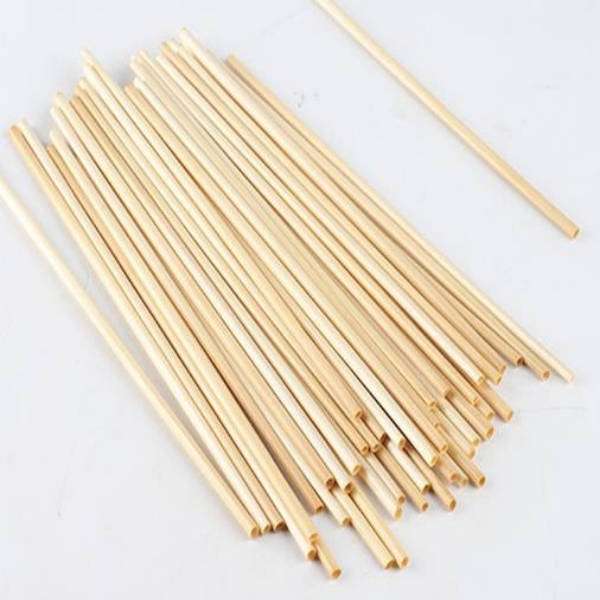Choosing the right straw: when you get to think like a materials engineer
Time:2022-08-25
Views:74
It’s the wild west for straws a year-and-a-half into Gainesville’s single-use plastic straw and stirrer ban. Every establishment has picked its own solution to satisfy the city ordinance.
Karma Cream uses a commercially compostable paper straw. Chick-fil-A uses a commercially compostable polylactic acid (PLA) straw. MOJO Hogtown uses a compostable and ocean-friendly polyhydroxyalkanoate (PHA) straw. So, whose choice is the best?
The environmentalist mantra of reduce, reuse, recycle would argue that Starbucks and Opus Coffee are doing the best. They’ve gone straw-less. Instead of using a straw and lid, both coffee chains use a straw-less lid shaped much like the lid used for hot coffee. These new lids are made of polypropylene (PP) or PLA.
As much as I enjoy sipping an iced coffee from a straw-less lid, I still like a straw for my sweet tea at Chick-fil-A or for my milkshake at Dick Mondell’s. Should take-out and sit-down restaurants use different types of straws? Should they be reusable or disposable? When I need a straw, which material is best for my wallet, my pallet, and the environment?
Gainesville’s City Commission was well-intentioned when the ban started last January. The New York Times has reported that anywhere from 170 to 390 million straws are used every day in the United States. That’s equal to 230 elephants of plastic being used each day just for straws.
It all ends up as garbage in landfills or as pollution. Both options are not good. Unfortunately, the City Commission made no recommendation for a better straw for the public to use.
At times, it can be confusing to decipher, which straw is best. Alternatives are advertised as compostable, marine-friendly, eco-friendly or the like. This phrasing gives little to no guidance as to which straw is actually better for the environment.
Is it better to be compostable or made from renewable resources? Should my straw be marine-friendly? Which is it? As a materials engineer, I hope to offer some insight for you to make the best choice.
To answer these questions requires looking at the straw over its lifetime. This includes accounting for the environmental impact of the straw during its production, processing, use and disposal.
As it stands over their lifetimes, PLA and PHA straws are no better than conventional PP straws. Estimates of key environmental metrics like CO2 emissions and energy usage are about the same for these types of straws. They’re also not the best deal for the consumer, costing 6 to 7.5 times that of PP straws.
Conversely, paper straws are more favorable in those environmental metrics, but they can come with a premium of 6 times the cost. Paper straws could be the winner, but for many they don’t give the same enjoyable experience as the other straw materials. I know I’m always in a race to finish my iced coffee before my paper straw gets soggy.
Luckily, there are solutions so that you, me and the environment won’t suffer at the expense of a straw.
What are some informed actions you can take? First, you should be ditching straws all together. Reducing your use of plastic is the best policy. Gainesville establishments should look to Opus Coffee and Starbucks as examples of best efforts. Their use of straw-less lids is an appreciable first step toward reducing plastic waste.

Disposable paper straws




